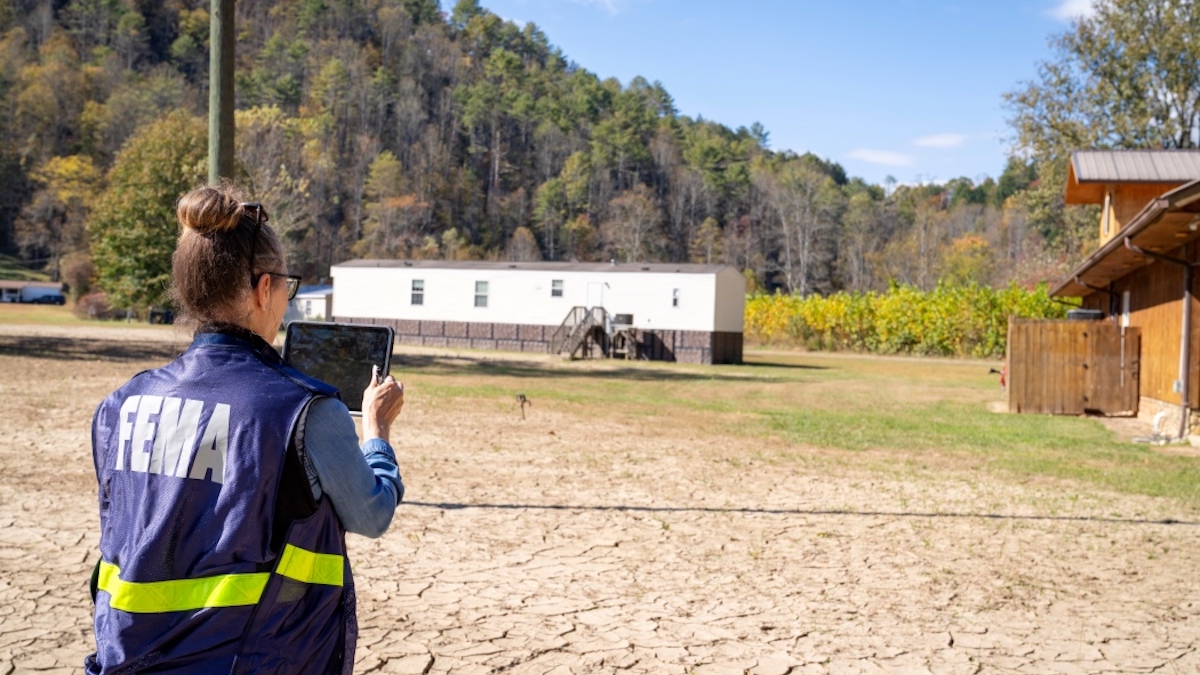The UK labour market is the tightest it has been for at least 15 years, according to an analysis that shows very few people want to work more than they are doing already.
The Office for National Statistics said on Monday that a wide range of measures indicated underutilised labour was at or close to its lowest level on record in the second quarter of 2022.
On the most widely used measure, the number of unfilled jobs in the UK economy has this year risen above the number of unemployed people for the first time, according to the analysis.
The data will reinforce concerns at the Bank of England that a tight labour market — in which workers can demand and secure higher wages — will mean inflationary pressures persist for longer, forcing policymakers to clamp down harder.
The ONS also looked at several broader measures of labour supply. These factored in discouraged workers, who are not looking for a job because they believe they will not find one; those who are “marginally attached” and not currently seeking work or available to start a job; and part-time workers who would opt for longer hours if they could.
After the financial crisis, “hidden” labour market slack remained high — even when the economy had begun to recover and the headline measure of unemployment was falling. Some economists say this is one reason wages have stagnated for the best part of a decade.
But the ONS said the post-Covid recovery had proved different: all these alternative measures reflected the same trend, with labour supply at its lowest in records stretching back to the 1990s.
Another measure showed that labour market slack in the UK was the lowest since 2007, the ONS said. This analysis used the same methodology that Eurostat uses for EU countries.
This measure of underutilisation showed 9.2 per cent of the working age active population were affected in the second quarter of 2022, down from a pre-pandemic rate of 12.1 per cent.
The ONS’s findings corroborate a number of recent business surveys suggesting employers are still finding it hard to fill vacancies, even as the economy weakens.
The ONS said its analysis suggested recruitment difficulties were largely due to a general labour shortage, due to higher economic inactivity and lower net migration from the EU, and not to any big mismatch between the industries with most vacancies and those with most unemployment.
Such mismatches were evident at the onset of the 2008 financial crisis, when unemployment rose sharply in manufacturing and construction, and at the start of the pandemic, when vacancies were concentrated in the health sector. But the ONS said these they were now low.
Some economists think labour shortages could soon ease, as soaring inflation forces people who left the workforce during the pandemic to return to bolster their income.
Paul Bivand, a labour market statistician at the Learning and Work Institute think-tank, said the cost of living crisis had “raised the work incentive a lot”. But, he noted, while there was some early evidence of older people “unretiring” due to cost pressures, a rise in inactivity due to ill health was likely to be more lasting.




















Discussion about this post